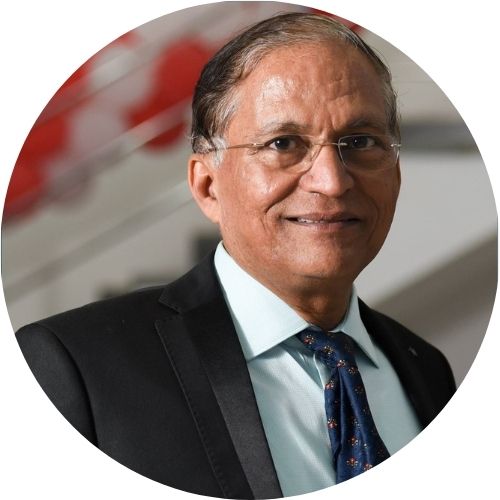Cardio Pulmonary Resuscitation: Cardio refers to the heart, pulmonary refers to the lungs and resuscitation means revival. Now a days, in COLS, Mouth to mouth respiration is not part of guidelines.
- “In the absence of CPR facilities, not only common people but also dignitaries like the People’s President Mr. APJ Abdul Kalam, Raju Srivastav, and singer K.K. could not be saved and succumbed to premature deaths.”
When is CPR done?
- CPR is done when there is a sudden cardiac arrest. There are misconceptions among the general public that CPR is done during a heart attack. However, in general terminology, a heart attack refers to angina or MI when the patient experiences chest pain, is conscious, and his heart is contracting or beating, pumping blood. This indicates that only some parts of the heart are experiencing reduced blood supply. While in sudden cardiac arrest, the heart stops beating, stops pumping blood, and the victim becomes unconscious though sometimes a heart attack can lead to cardiac arrest.
Where does CPR take place?
- 70% of times this is needed at house. They may find victims on the road, near fireplaces, water bodies, or near electric appliances. If any of your fellow colleague or family members experience sudden cardiac arrest, it is important to shift them from a chair or soft mattress to a firm floor for CPR. If the victim is on the road or near a fire, they should be shifted to a safer place for their safety and the safety of those providing assistance.
What should be done during a sudden cardiac arrest?
- Immediately call for help from ambulance/hospital. Call your friends, colleagues, family members, or bystanders for assistance. Call for an ambulance or any suitable vehicle that can be used for CPR while enroute to a medical centre.
At the same time, check for the following
1. Response
2. Respiration
(pulse check is not part of official guidelines of COLS, so that initial important time is not wasted)
Total time taken in checking should not be more than 10 seconds or say CPR should be started within 10 seconds.
To check for a response, tap on both shoulders from the front and speak loudly: “How are you?” “Hello, are you alright?” क्या हाल है?” Call the person by name and ask them how they are doing: if victim name is Mohan then call – “how are you Mohan ji?”
If the person makes limb movements, blinks their eyes, tries to speak or cough, then he is conscious and CPR is not needed. However, they should be kept in the recovery position and the process of early shifting to a medical centre should continue. Don’t give anything to drink or eat.
To check for respiration, you should put your two fingers in front of your nose and feel for the flow of air. If there is no respiration or if there is doubt, feel for chest and abdomen movements. Place one hand on the chest and the other on the abdomen and feel for movements with respiration.
When the heart is in an arrest condition, it is idle and not contracting. Once we compress it, blood flows out of the heart into the brain and other vital organs. When the compression is released, the heart cavity dilates, expands, and blood is sucked back into the heart chambers.
How to Perform CPR
1. Raise your left hand and spread your fingers. Then, spread the fingers of your right hand and interlock the fingers of both hands. Keep your elbows straight and tight. This is the CPR pose.
2. Now, place the palm in the centre of the chest area.
3. The normal heart rate is 60 to 100 beats per minute. In CPR, we give 100 to 120 chest compressions per minute, which translates to about 2 compressions per second.
4. The depth of chest compressions should be 2 to 2.5 inches, approximately 5 to 6 cms. Chest compressions should be continued in cycles of 30 compressions. Five cycles will take about 2 minutes. After each cycle of 30 compressions, one can give mouth-to mouth respiration.
5. After 2 minutes, the rescuer may become tired, so the second rescuer should take charge. Continue CPR until the patient responds or medical services arrive.
AED (Automatic External Defibrillator)
In the meantime, ask someone to bring an AED if one is available nearby. An AED is a small, portable machine that delivers electric current and shock only if needed. It is designed in such a way that any layperson can operate it. To use an AED, open the box, switch on the start button, remove clothes over the chest, and place pads on both side of chest as per photo & follow instructions.
It has been mandatory for matriculation in schools in the USA and other developed countries for the past decade. It should also be made compulsory in schools in India.
In Conclusion
1. You can save a life.
2. Practice, practice, practice hands-on CPR.
3. Remember the 3C’s: Check, Call, Compression.
4. Remember the rate is 100 to 120 compressions per minute, the depth is 2 to 2.5 inches, and the location is the centre of the chest.
5. Spread this knowledge to your family members, colleagues and friends.
Thank you
Dr V K Jain

